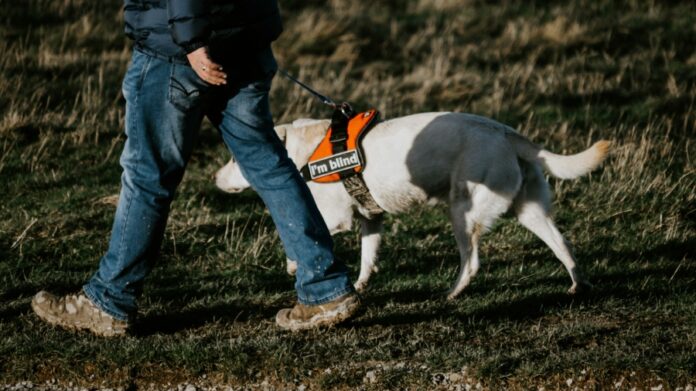Guide dogs, also known as service animals, play an important role in assisting people with visual impairments, essentially giving them independence, mobility, and companionship.
While many people are familiar with the basic functions of guide dogs, there are several lesser-known facts that highlight the remarkable abilities and contributions of these extraordinary animals.
Training and selection process
Guide dogs undergo extensive training from a young age to develop the skills needed to assist individuals with visual impairments. Training typically begins when the dogs are puppies, and they are carefully selected based on their temperament, intelligence, and suitability for the role. Only a small percentage of dogs successfully complete the rigorous training program and become certified guide dogs.
Breeds and characteristics
While Labrador Retrievers and Golden Retrievers are among the most common breeds used as guide dogs, other breeds such as German Shepherds, Standard Poodles, and Labradoodles are also trained for this role. These breeds are chosen for their intelligence, obedience, and friendly disposition, as well as their suitability for guiding individuals safely in various environments.
Guide dog etiquette
It’s important for the public to understand proper guide dog etiquette when interacting with individuals who are visually impaired. Guide dogs are working animals and should not be distracted, petted, or fed without permission from their handlers. Approaching a guide dog without permission can disrupt their focus and potentially put their handler’s safety at risk.
Bond between guide dog and handler
The bond between a guide dog and their handler is incredibly strong and built on trust, communication, and mutual respect. Guide dogs are trained to navigate obstacles, follow commands, and anticipate their handler’s needs, creating a deep and symbiotic relationship that enriches both their lives.
Versatile skills
Guide dogs are trained to perform a wide range of tasks beyond guiding their handlers safely through streets and obstacles. They are trained to recognise and navigate various hazards, such as low-hanging branches, uneven terrain, and busy intersections. Additionally, guide dogs can assist their handlers with everyday tasks, such as locating doors, escalators, and elevators, and retrieving dropped objects.
Retirement and adoption
Guide dogs typically retire from service after several years of dedicated work, depending on factors such as age and health. Once retired, guide dogs are often adopted by their handlers or placed in loving homes where they can enjoy a well-deserved retirement. Some guide dog organisations also have adoption programs that allow the public to adopt retired guide dogs and provide them with a loving forever home.


